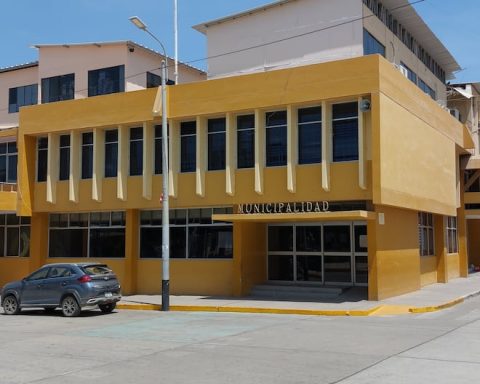July 20, 2023, 10:46 PM
July 20, 2023, 10:46 PM
Genetic editing has been used to breed poplars with reduced lignin levels, a plant substance that is the main obstacle to the sustainable production of wood fibers.
Researchers coordinated by the State University of North Carolina (USA) describe in Science the procedure that “promises to make greener, cheaper and efficient production of fibers for all types of products, from paper to diapers”, according to the educational center.
The demand for wood fibers is on the rise to make renewable fabrics, paper, packaging, textiles, but its production sustainable growth is hampered by lignin.
This polymer gives the plants the ability to grow in height, it protects from ultraviolet radiation and microorganism attack, but its chemical and structural properties are also the cause of it being very difficult to break.
For fiber production to occur, the lignin has to be cleaved and dissolved. Thanks to genetic editing with the CRISPR tool, scientists have designed a wood in which that substance is more suitable for fiber production.
The authors used their approach to generate a modified wood composition in a poplar species and the results set the stage for further efficiency in obtaining fiber pulp, experts consider.
“Edited wood alleviates a major bottleneck in fiber production (…) and could bring operational efficienciesunprecedented bioeconomic opportunities and environmental benefits,” the study authors state.
machine learning
The team used machine learning to set reduction targets for lignin levels and selected nearly 70,000 gene editing strategies targeting 21 genesafter which they selected the seven best ones that, according to the models, would lead to trees that would reach the chemical sweet spot.
From these seven strategies, the CRISPR gene editing to produce 174 lines of poplars. Lignin reductions were more significant in trees with four to six gene edits.
Trees with three gene edits showed lignin reduction of up to 32%, however, actions on a single gene failed to lower a lot of that substance, which shows that the use of CRISPR to make multigenic changes could confer advantages in the production of fiber, indicates the aforementioned university.
The study also included sophisticated models of pulp mills suggesting that reducing lignin content in trees could increase pulp yield and reduce so-called black liquor, the main by-product of pulping, which could help plants to produce up to 40% more sustainable fibers.
Tests and field trials of trees
Next steps include greenhouse trials to see how GM trees perform compared to wild ones, and then field trials to determine if they can handle the stress of outdoor life.
This approach to tree improvement that combines genetics, computational biology, CRISPR tools, and bioeconomics “has profoundly expanded our knowledge on tree growth and development and forestry applications,” said Daniel Sulis, first author of the paper.
In addition, “it has transformed our ability to unravel the complexity of tree genetics and deduce integrated solutions that could improve important wood traits.” from an ecological point of view and economical while reducing the carbon footprint of fiber production.”
















